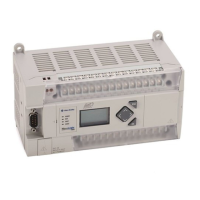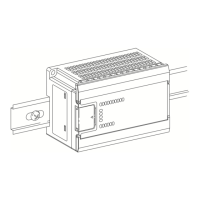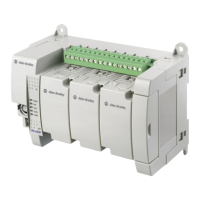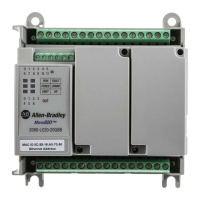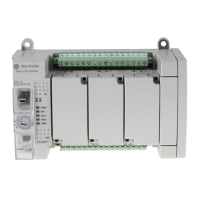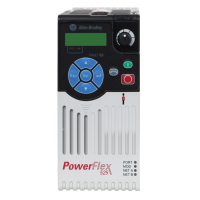Publication 1763-UM001E-EN-P - June 2015
Installing Your Controller 25
Loss of Power Source
The power supply is designed to withstand brief power losses without
affecting the operation of the system. The time the system is operational
during power loss is called program scan hold-up time after loss of power. The
duration of the power supply hold-up time depends on the type and state of
the I/O, but is typically between 10 milliseconds and 3 seconds. When the
duration of power loss reaches this limit, the power supply signals the
processor that it can no longer provide adequate DC power to the system.
This is referred to as a power supply shutdown. The processor then performs
an orderly shutdown of the controller.
Input States on Power Down
The power supply hold-up time as described above is generally longer than the
turn-on and turn-off times of the inputs. Because of this, the input state
change from “On” to “Off ” that occurs when power is removed may be
recorded by the processor before the power supply shuts down the system.
Understanding this concept is important. The user program should be written
to take this effect into account.
Other Types of Line Conditions
Occasionally the power source to the system can be temporarily interrupted. It
is also possible that the voltage level may drop substantially below the normal
line voltage range for a period of time. Both of these conditions are considered
to be a loss of power for the system.
Preventing Excessive Heat
For most applications, normal convective cooling keeps the controller within
the specified operating range. Ensure that the specified temperature range is
maintained. Proper spacing of components within an enclosure is usually
sufficient for heat dissipation.
In some applications, a substantial amount of heat is produced by other
equipment inside or outside the enclosure. In this case, place blower fans
inside the enclosure to assist in air circulation and to reduce “hot spots” near
the controller.
Additional cooling provisions might be necessary when high ambient
temperatures are encountered.
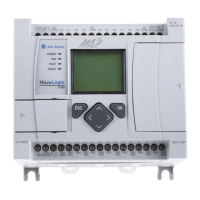
